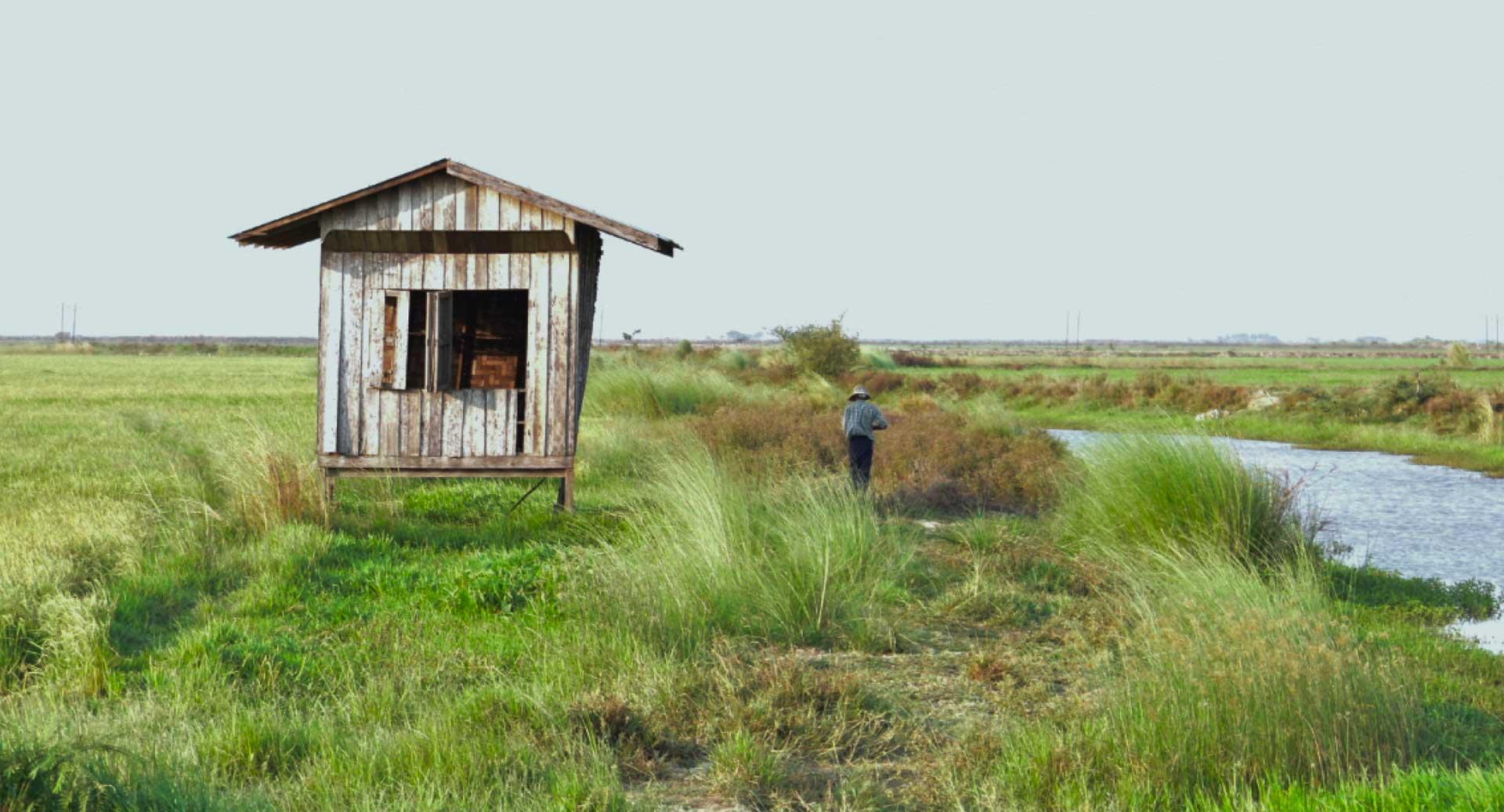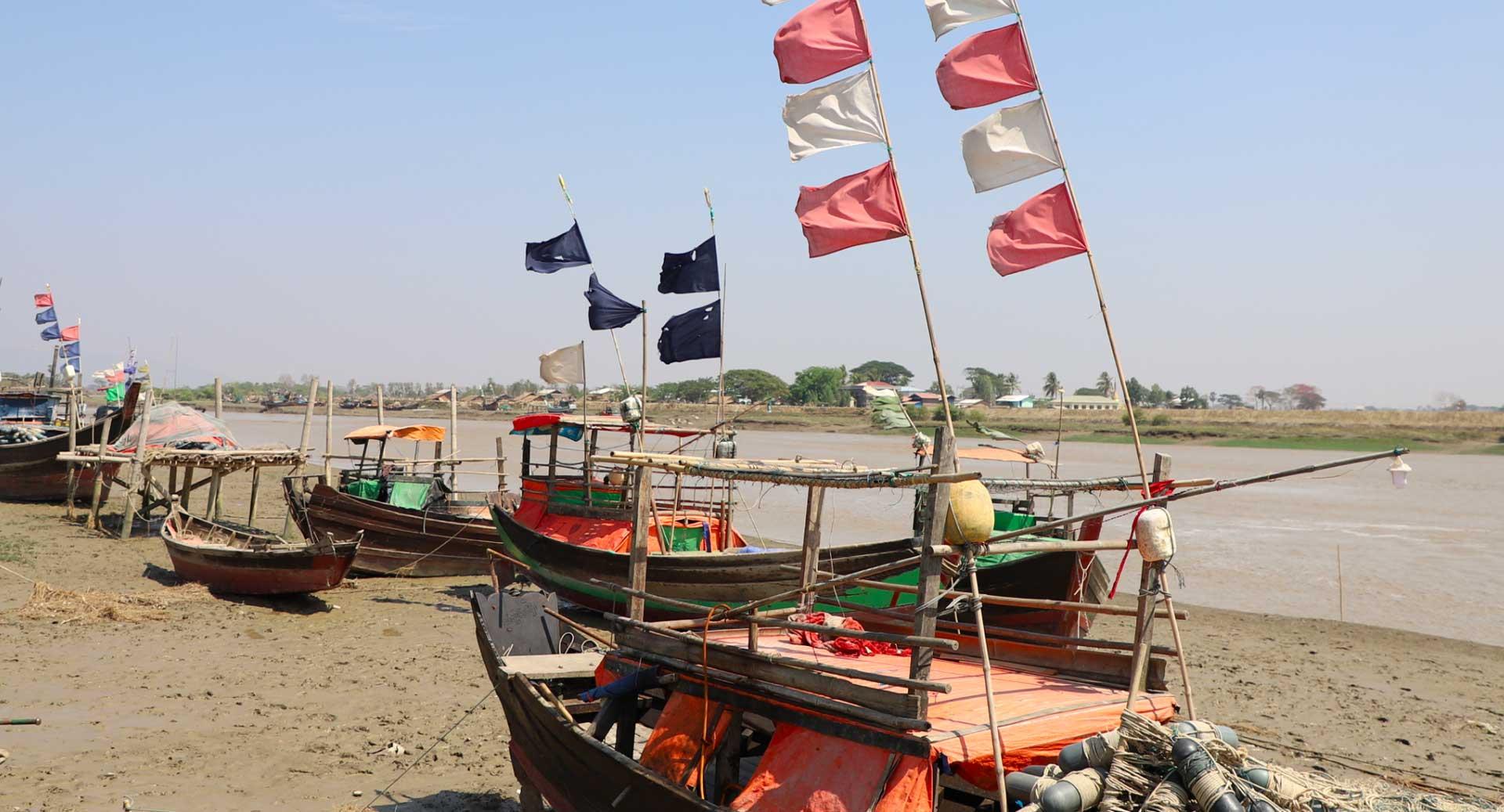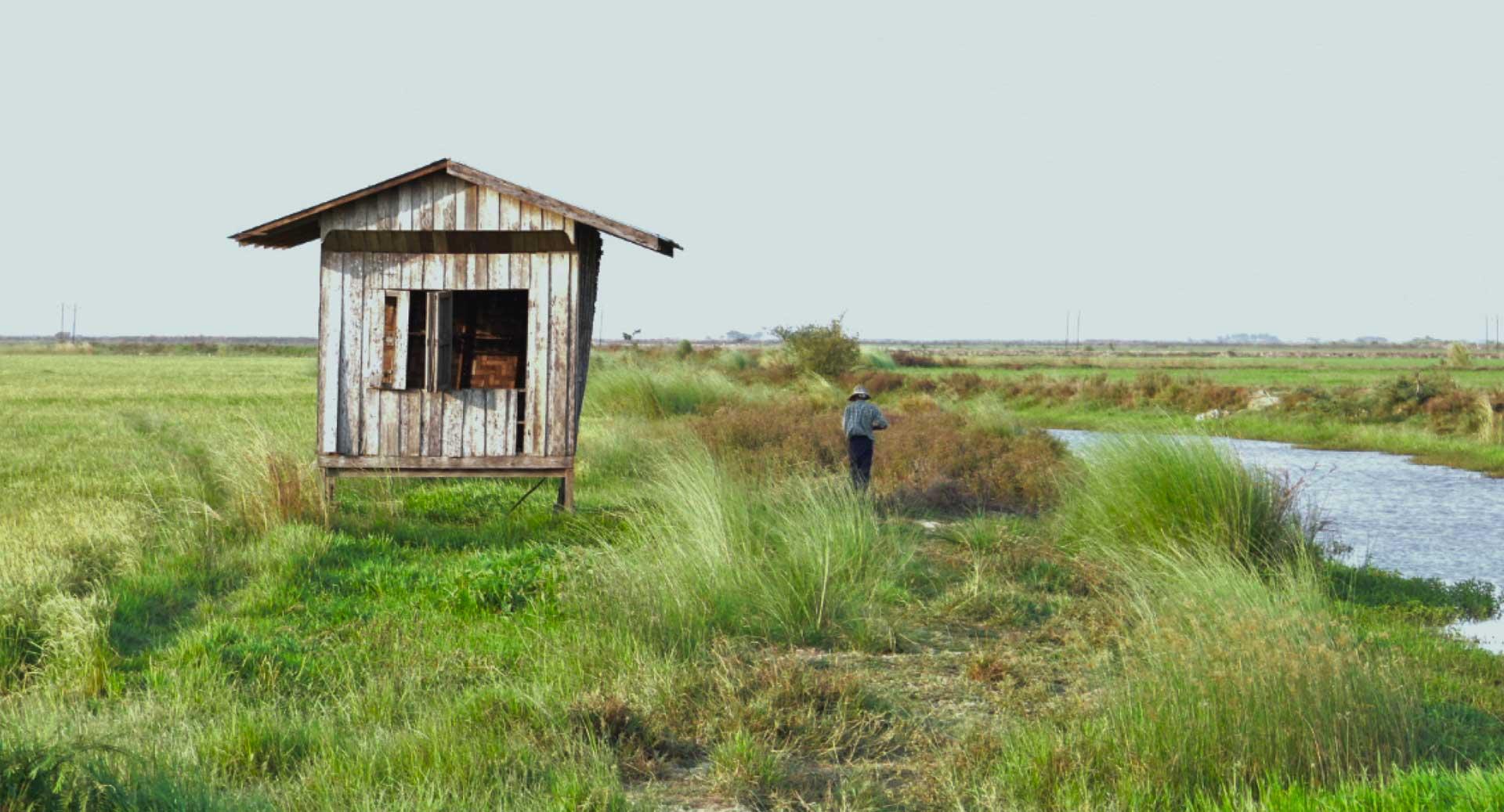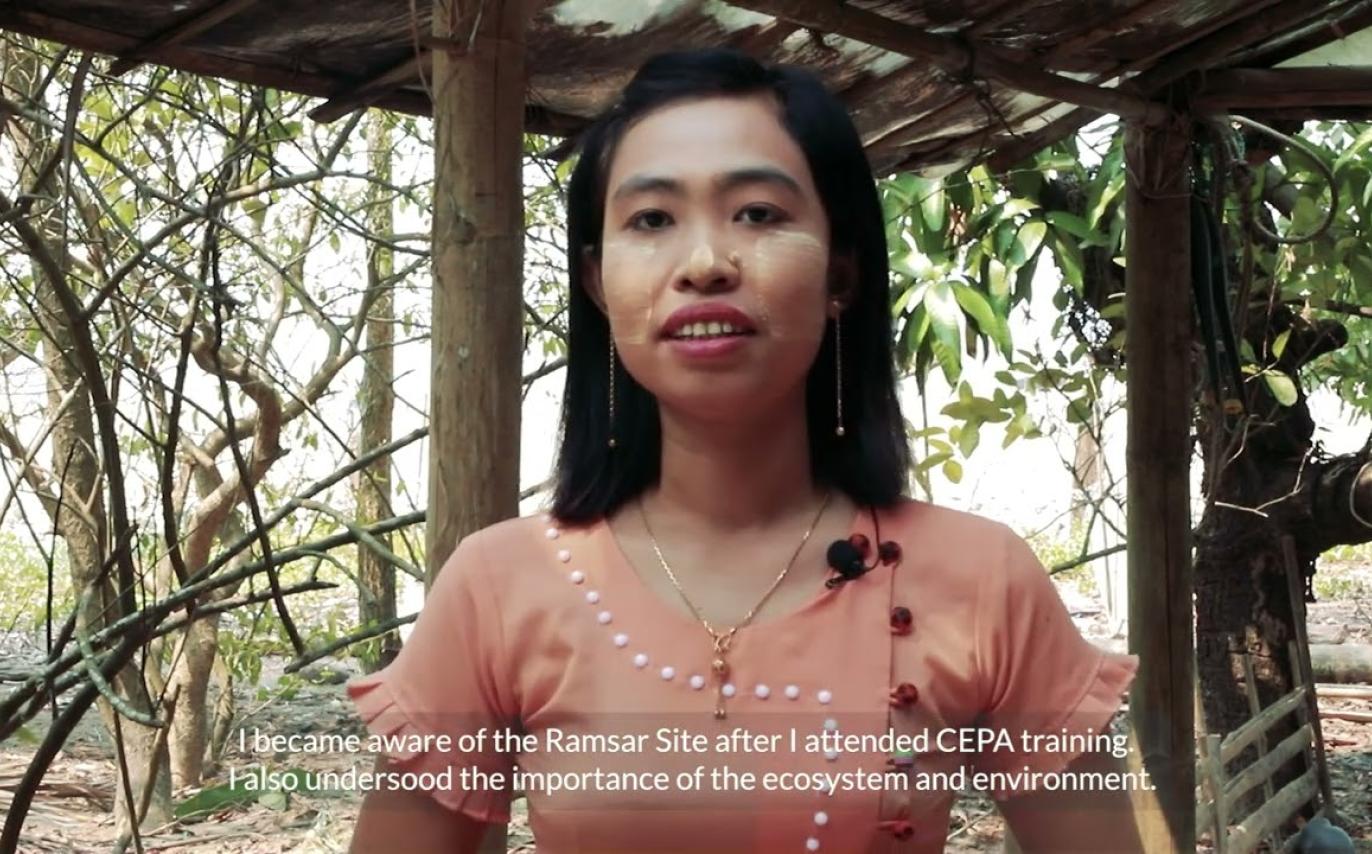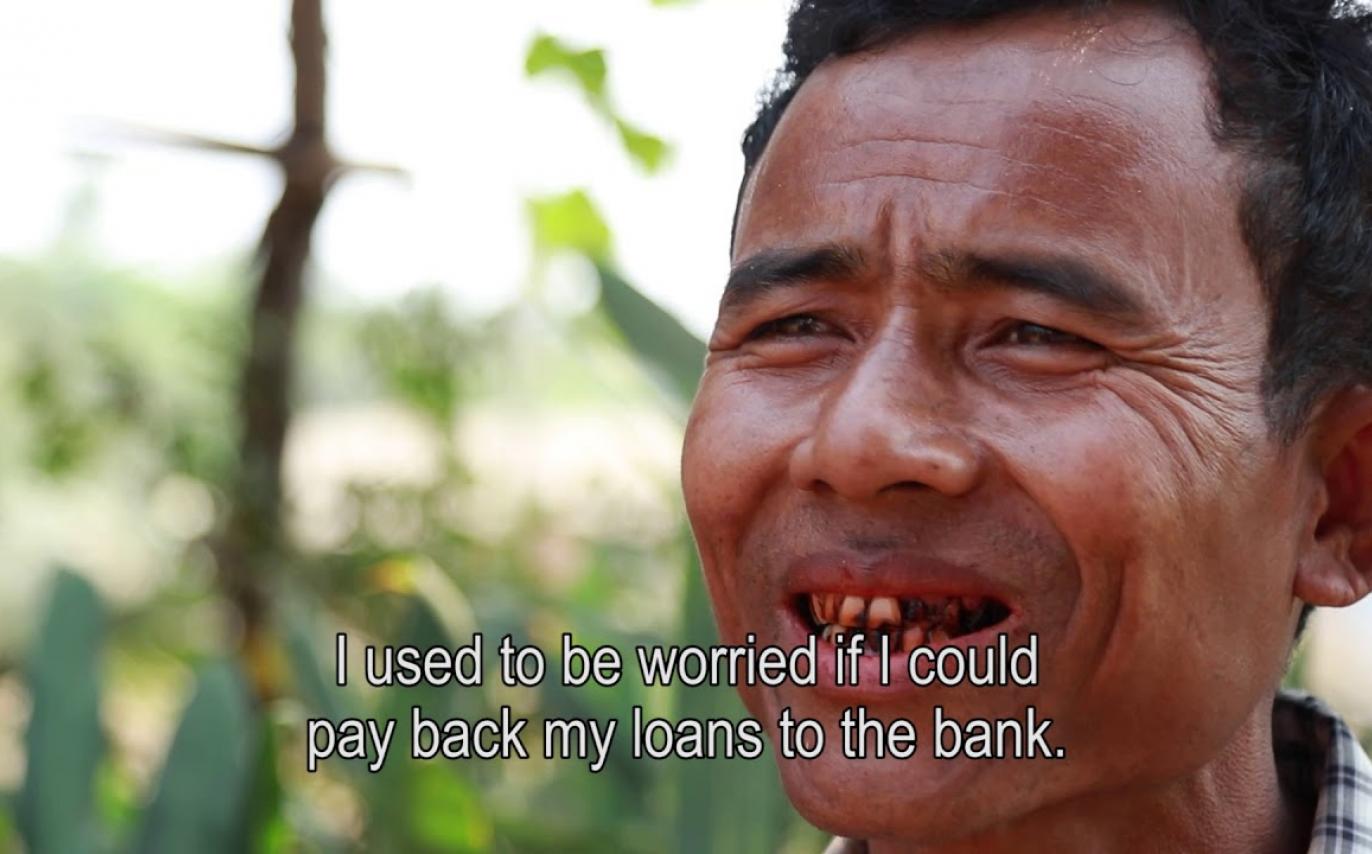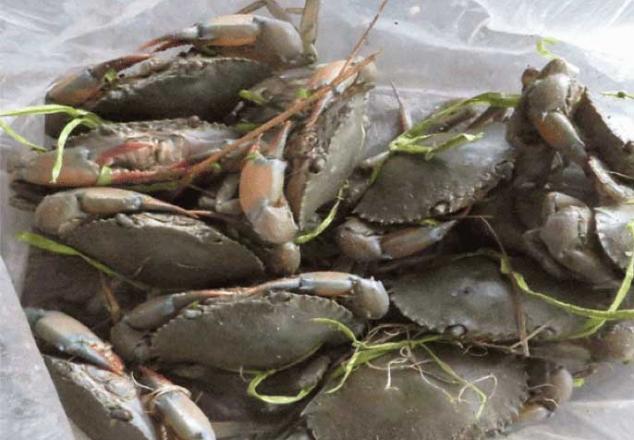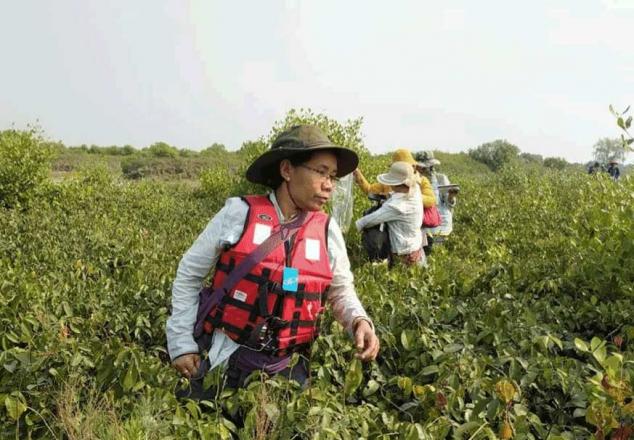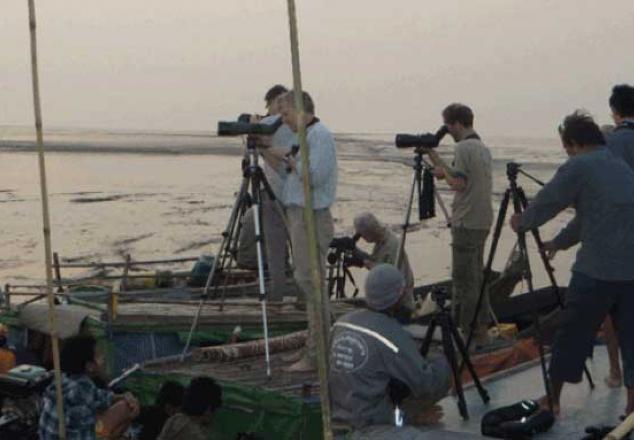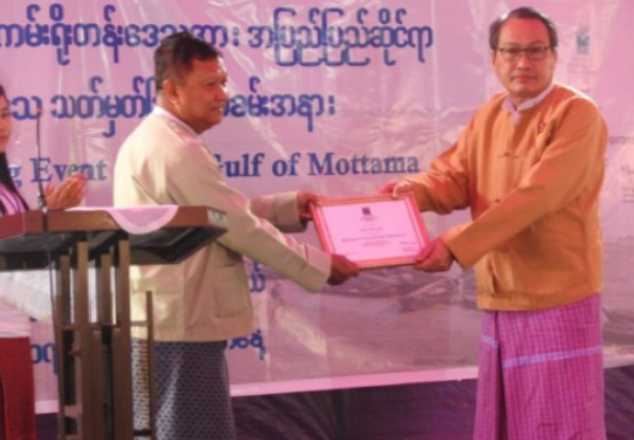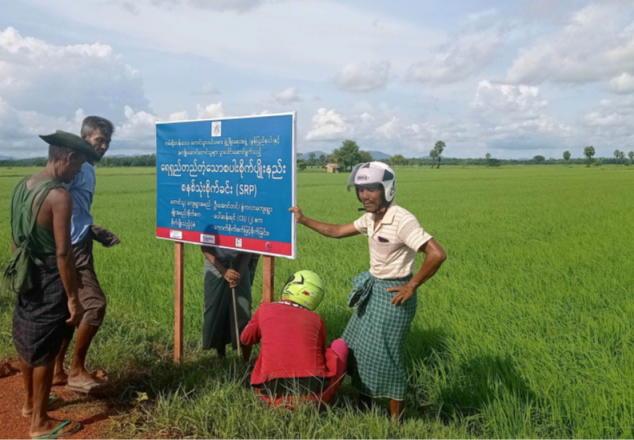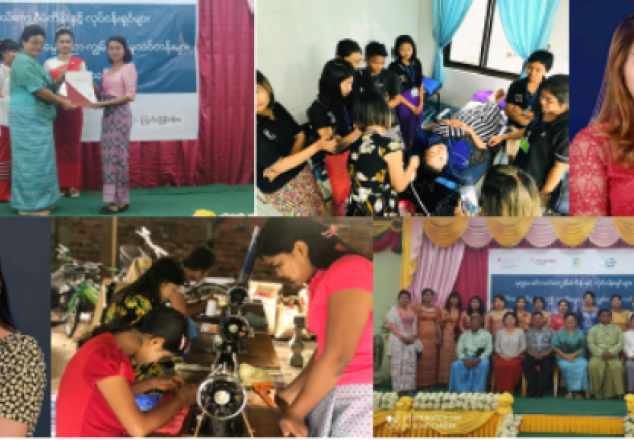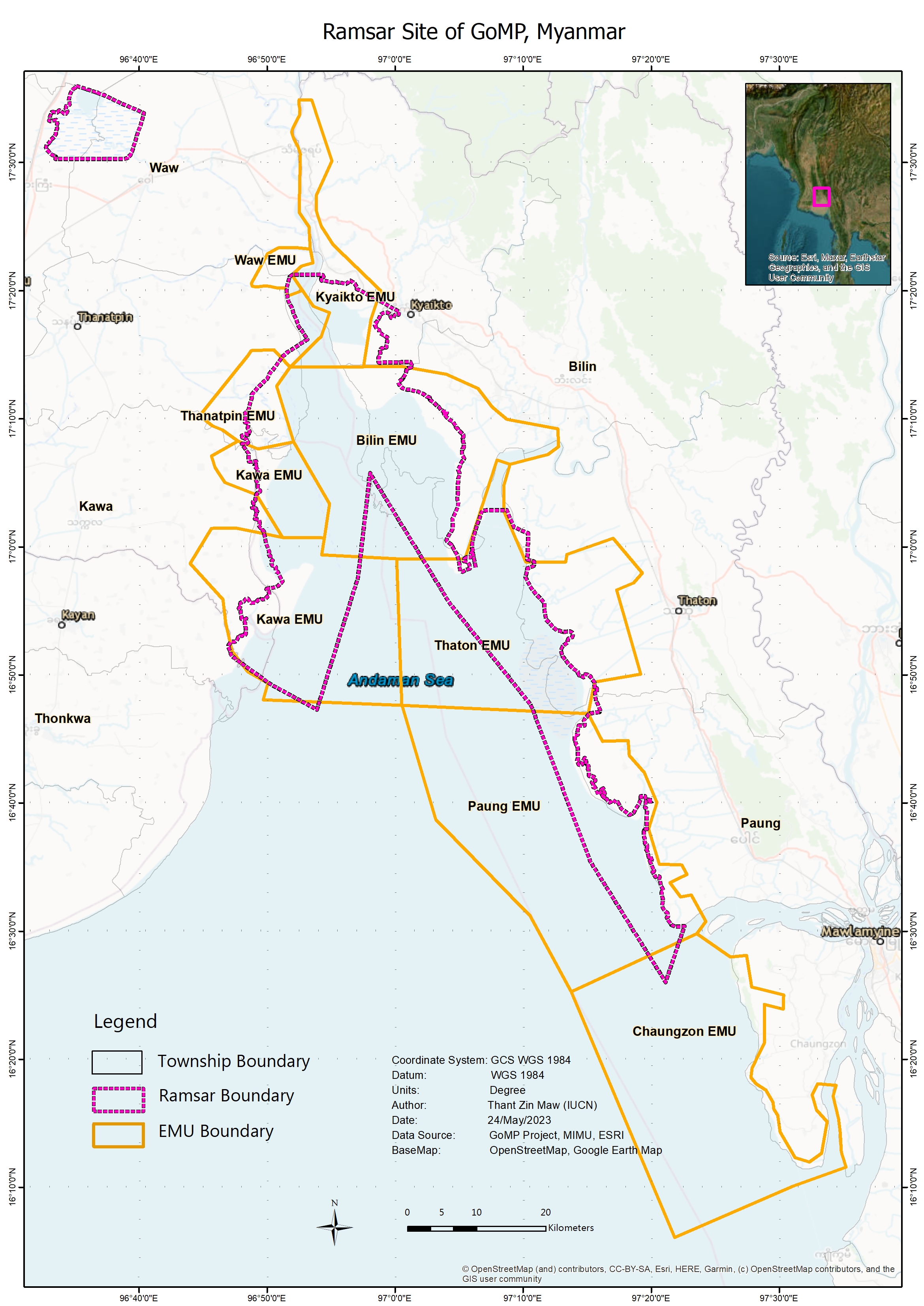The Gulf of Mottama (GoM) is one of the most important and unique intertidal wetland systems in the world. For major rivers follow toward the gulf and highly deposit sediment to supplement the agriculture and food for marine life and other aqua species. Because of this, it was declared a Ramsar site in 2017. The Gulf of Mottama is rich in biodiversity and natural habitats. a home to important species of conservation concern, commercially important fisheries, and communities that rely on its natural resources. These resources and livelihoods face many threats in recent years. Fish stocks are dramatically declined due to massive illegal fishing and the use of small mash net size.
Migratory shorebirds are still in a great risk because of bird hunting and habitat degradation. Livelihood opportunities and access to services are limited for communities. Serious erosion is continually happening in some area of both side of the riverbanks and destroying agricultural lands and displacing communities. To protect the GoM’s natural resources and the well-being of its local communities, the short-term and long-term management plan and policy guidance are important to develop and adopted by the government and all key stakeholders including communities. At the same time, the mechanism of natural resource governance system should be established and implemented by independent management body.
